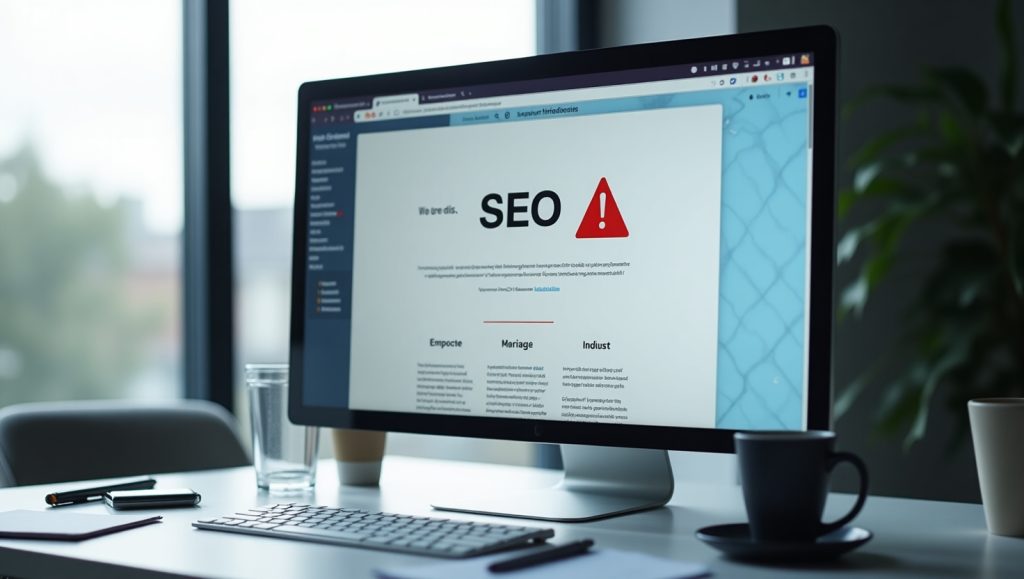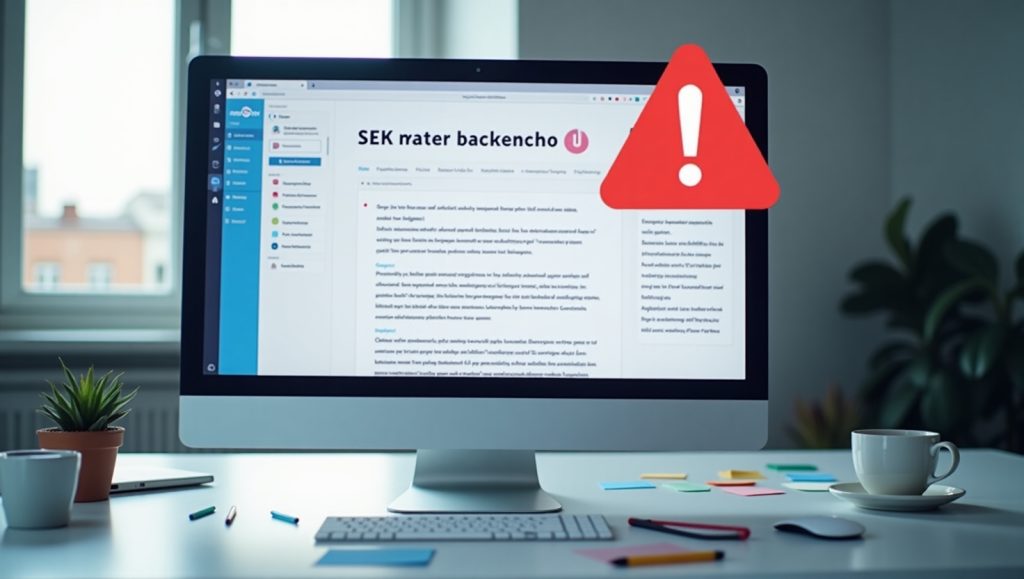
Web design is more than just a beautiful site, and maybe you have employed a company for web design with hopes of it performing. There will be a good ranking on search engines, drawing more visitors, and converting them to customers. But what if the very company you entrusted to build your online presence ends up hurting your seo without their knowing? Most companies in web design pay attention to beauty and forget about other critical factors that will help you rank your website. This article covers the most common SEO mistakes web design companies make-and how to avoid those mistakes.
Ignoring Mobile Optimization
Well, the real place is where most of your users come to visit today, be it through a smartphone or desk. Most web design firms, however, design their sites with desktop-first thinking, which completely keeps out the mobile users even while hurting their search rankings to the very core. Google would be doing mobile-first indexing. In simple terms, your site’s rank is determined by what it finds in the mobile version.
So if your website is not responsive- It does not automatically adjust to different screen sizes-you might be missing out on great traffic. Scrolling slow, navigation congested, and buttons hard to touch all lead to a negative experience on mobile. Worse, Google slaps penalties on websites that do not meet mobile usability standards.
Don’t just end after launching and checking the site on the phone because it’s a bigger portion of the process. The web design company must also be using responsive frameworks, conducting mobile speed tests, and seriously considering how every design element may perform on smaller screens. Otherwise, from day one, your SEO souls would be suffering.
Failing to Use Mobile-Friendly Design Principles
Genuine mobile optimization is beyond resizing text and images. Mobile optimization is creating a user-centric design at the inception stage. Is there enough spacing between clickable elements? Is the font readable on small screens? Does the navigation collapse neatly into a hamburger menu?
Most of the times, these finer details seem to be ignored by many web design teams making users suffer sometimes. These sufferings lead to increased bounce rates, which is a signal to Google that your content is not meeting user needs. This certainly has an impact on your rankings.
Ensure your web designer tests very well on different mobile devices with varied screen sizes. Google’s Mobile-Friendly Test can uncover any issue before it reaches your audience at a really early stage. Also, fast loading is important for mobile sites. Image compression, lazy loading, and minimal scripts will go a long way in mobile SEO.
Poor Site Structure and Navigation
How SEO-friendly the content may be, the organization of the website is equally important. Any confusing or overly complicated site structure confuses users as well as search engines. If your pages are buried deep or don’t have a logical structure, Google will find it difficult to crawl and index the site.
This should be something your web design company recognizes. Good structure means designing a clear way from the homepage to all important inner pages via internal links, categories, and intuitive navigation. Just like organizing a store—if customers cannot find the products, they’ll just walk out. Your website operates under similar rules.
Thus, a properly organized site keeps visitors longer, enables Google to understand your content better, and directly improves ranking. If your web designer is not focusing on site architecture, maybe it is time you began to ask.
Ignoring SEO-Friendly URL Structures

Even the URLs that your site uses may affect the way it performs well in search results. You want clean and readable URLs, like example.com/services/web-design instead of example.com/page?id=1234. Most web designs still do not even consider this, much less an CMS default setting that generates messy URLs.
Good URLs are short and relevant to the keywords. They should describe the contents of the page. They are also suitable for users and search engines to understand better what is in their contents. It’s also more trustworthy when shared on social media or emails.
You can verify from your designer if they are customizing URL slugs or letting the system create them. An optimized clean URL is good for Search Engine Optimization but also really contributes to the overall usability of the site.
Not Integrating SEO Basics During Design
The website comes equipped with more than just eye candy; it is one of the most important marketing tools. Therefore, it is important that search engine optimization is always in the conversation when it comes to design, right from the very inception, and never just as a final consideration. But many web design firms treat SEO as a separate phase, as if it is someone else’s responsibility.
Incorporation of features such as meta tags, header tags, schema markup, image alt text, and crawlability must be built into the initial design. Otherwise, while your site may look fabulous, it will be missing a technical framework to compete on search engines.
This mistake is extremely detrimental if you are building a new site or redesigning the old one. Ignoring SEO basics during a site relaunch can take a heavy toll on rankings and traffic.
Overlooking On-Page Elements Like Titles and Descriptions

First impressions of the site found in search results are often made through title tags and meta descriptions. If your web design firm does not customize these for each page, it loses out on a major opportunity to drive clicks and enhance rankings.
Too often, designers leave the default tags or copy tags for multiple pages. This is not just lazy—it is actually detrimental to SEO. Google uses title tags to determine the nature of a page. Users read meta descriptions to decide whether to click through.
An excellent designer should work with the content or SEO team to ensure that each page has an enticing and keyword-relevant title and description. Even these little touches can translate to a noticeable increase in traffic and engagement.
Forgetting to Optimize Site Speed
Slow websites not only hinder conversions but also frustrate users. The sites drop in rankings too. Page speed is an important ranking factor that has stood the test of time, yet, many web design companies fail to give it due consideration.
Whether it’s the uncompressed images that are slowing things down, bloated code, excessive third-party scripts, or any other design measure taken, all of these can adversely affect the speed of your site. Your web designer ought to be optimizing everything to keep load time below 3 seconds at all cost; else you risk losing both customers and rankings.
Using Heavy Themes and Plugins That Slow You Down
Designers love to use feature-rich themes and plugins, but they come at a price. These tools might add brilliant functionalities to your site, but they may also give bloated code, which can slow down your website considerably.
This bloater WordPress theme, with so many odd scripts, can spoil your loading time even when your content is well optimized. The same goes for flashy sliders, animations, and pop-ups. They look lovely, but performance-wise, they are a burden on Google.
So what is the way out? Use lightweight themes with essential plugins only. Find out if your web designer says performance testing was conducted and whether they adhered to optimization best practices. Design and performance should go hand in hand; these two should never compete with one another.
Conclusion
The truth of the matter is that your website is not only dependent on its graphics. A good website has to excel at getting into search engines. The common mistakes these web design companies make can be potential causes affecting business traffic, lead generation, or overall revenue. Fortunately, these can usually be remedied through education and application of effective strategies.